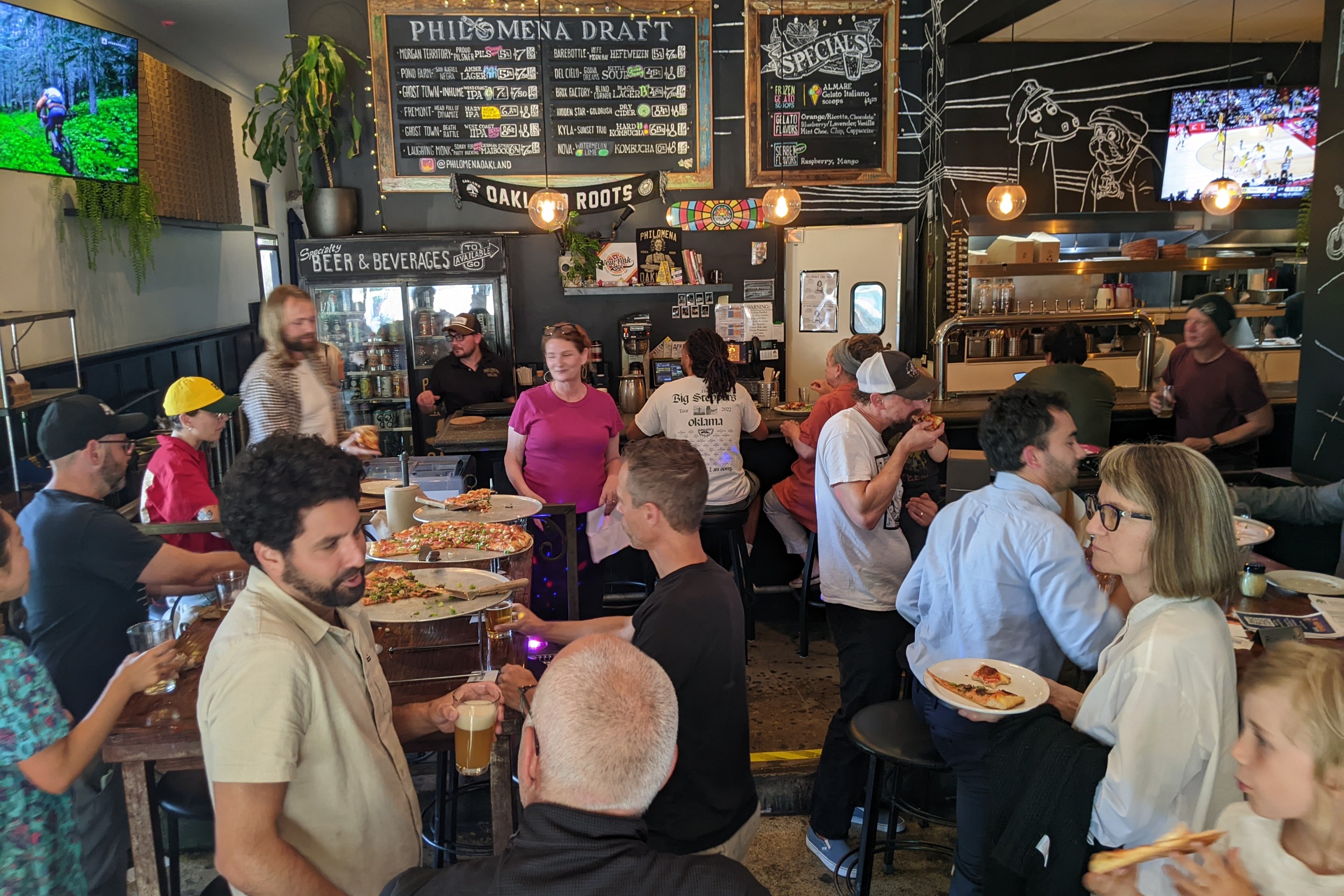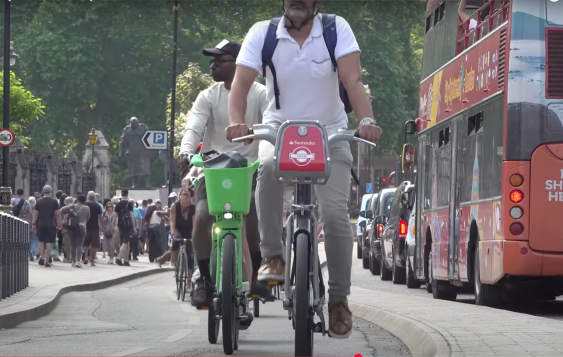In today's New York Times, columnist Bob Herbert
spotlights the congressional proposal for a National Infrastructure
Development Bank that would issue bonds, make loans and create
securities to help finance needed rebuilding projects around the
country. As Herbert put it:
 Rep. Rosa DeLauro (D-CT) (Photo: America2050 via Flickr)
Rep. Rosa DeLauro (D-CT) (Photo: America2050 via Flickr)[T]here was a development in Congress last week thatshould have been seen as significant but could not elbow its way intothe media precincts obsessed with Rush Limbaugh, Dick Cheney and swineflu.
Representative Rosa DeLauro, a Connecticut Democrat,introduced a bill to establish a national infrastructure developmentbank that would use public and private capital to fund projects ofregional and national significance. These are projects that are badlyneeded and would be a boon to employment.
DeLauro's
plan would give the final say over which transportation, energy and
telecom projects receive assistance from the development bank to an
independent board of directors. Separate risk management and audit
committees would keep an eye on the bank's balance sheet, which would
get a $5 billion annual infusion of taxpayer money to help attract more
capital from private investors.
The development bank has won
backing from a collection of strange political bedfellows, including
the U.S. Chamber of Commerce, the AFL-CIO and Felix Rohatyn, the investment-banking magnate who helped New York City avert insolvency in the 1970s.
Still, the risk-management aspect of the plan appears particularly crucial. Why?
The development bank would be able to "purchase and sell
infrastructure-related loans and securities on the global capital
market," according to DeLauro's summary. That phrase sounds innocuous
enough, but several communities that issued infrastructure-related
bonds to pay for recent improvement projects have found themselves facing bankruptcy after making risky bets to help keep pace with fluctuating interest rates.
With the municipal bond market on shaky ground
right now, it's easy to envision the infrastructure bank taking -- to
use a euphemism -- creative measures on the market to help convince
private investors to participate. It's important, therefore, for the
bank to ensure states and localities aren't getting talked into overly
complex financing arrangements.
Does the infrastructure bank
proposal have a real future in Congress? Its current 27 co-sponsors in
the House are all Democrats, but former GOP senator Chuck Hagel signed onto
a similar plan in 2007, and its appeal is undeniably bipartisan.
Transportation Secretary Ray LaHood also has spoken approvingly of the
bank, meaning that it has a strong chance of appearing in the federal transportation bill slated for introduction this summer.
So
Herbert could soon get his wish for more media coverage of DeLauro's
proposal ... if the House pushes forward to a final vote on its
transportation bill.





